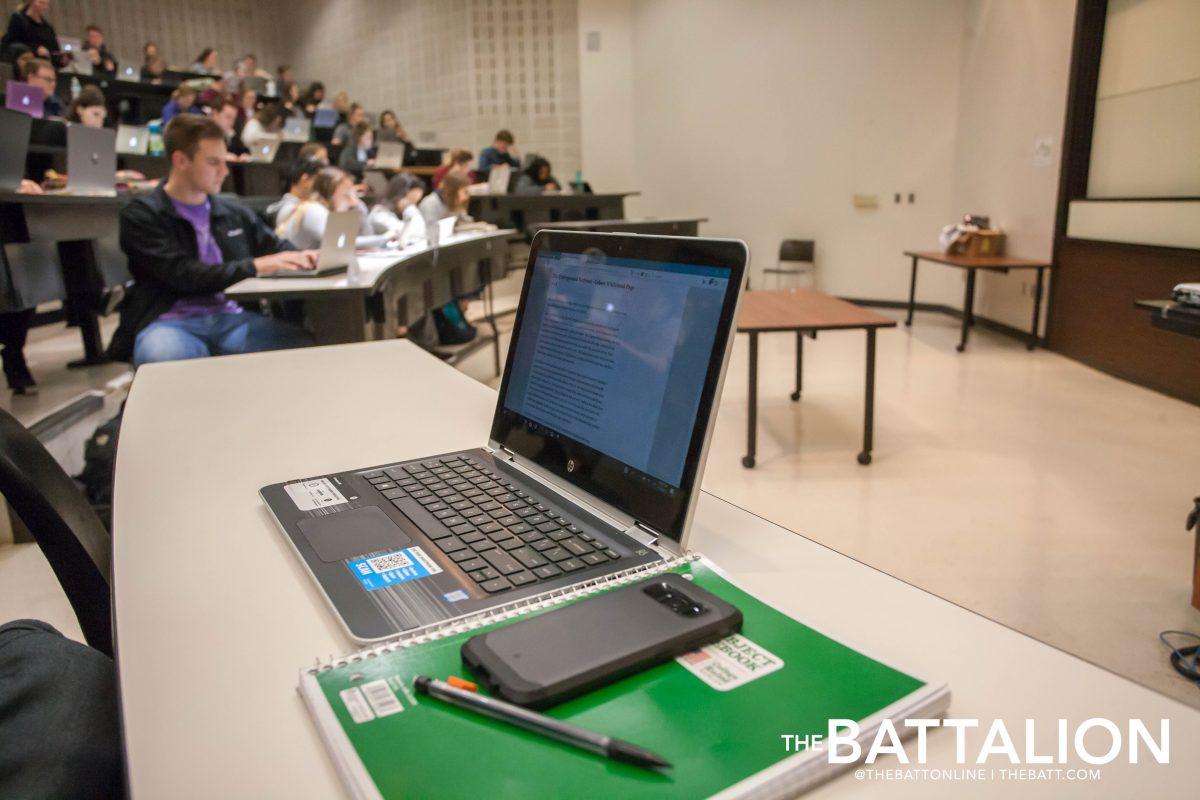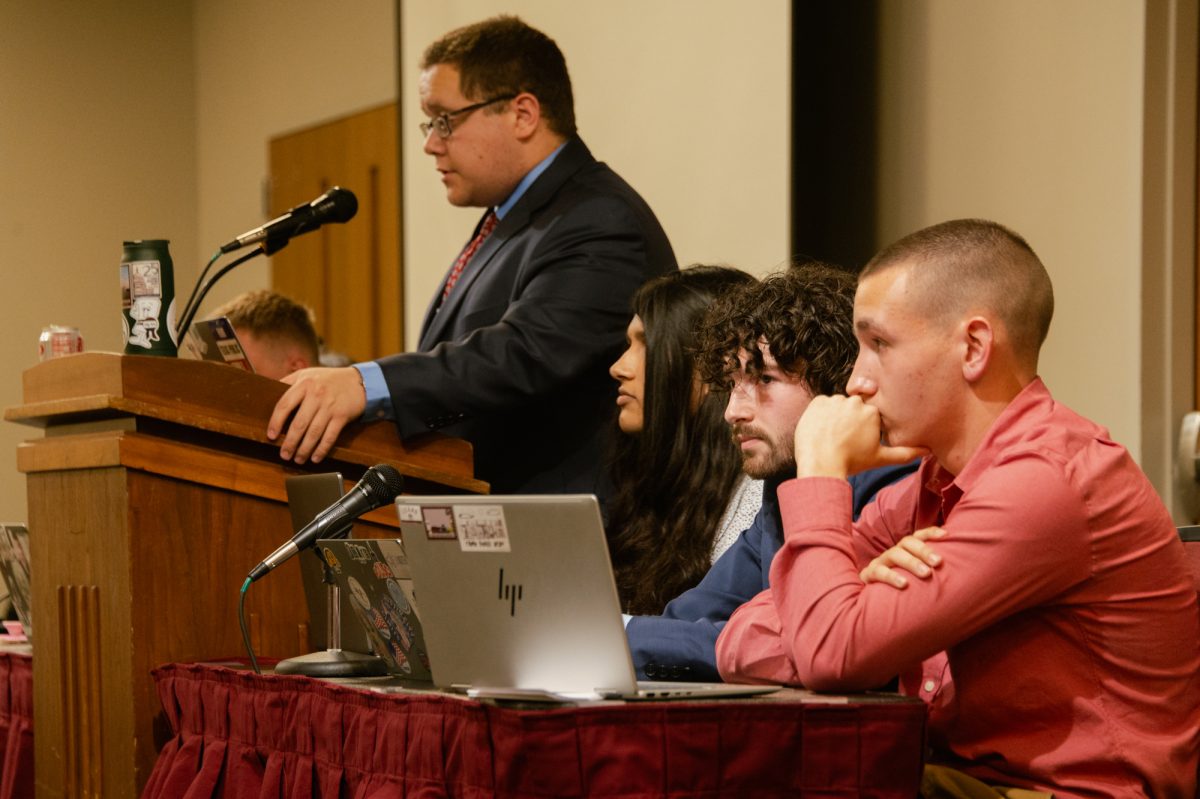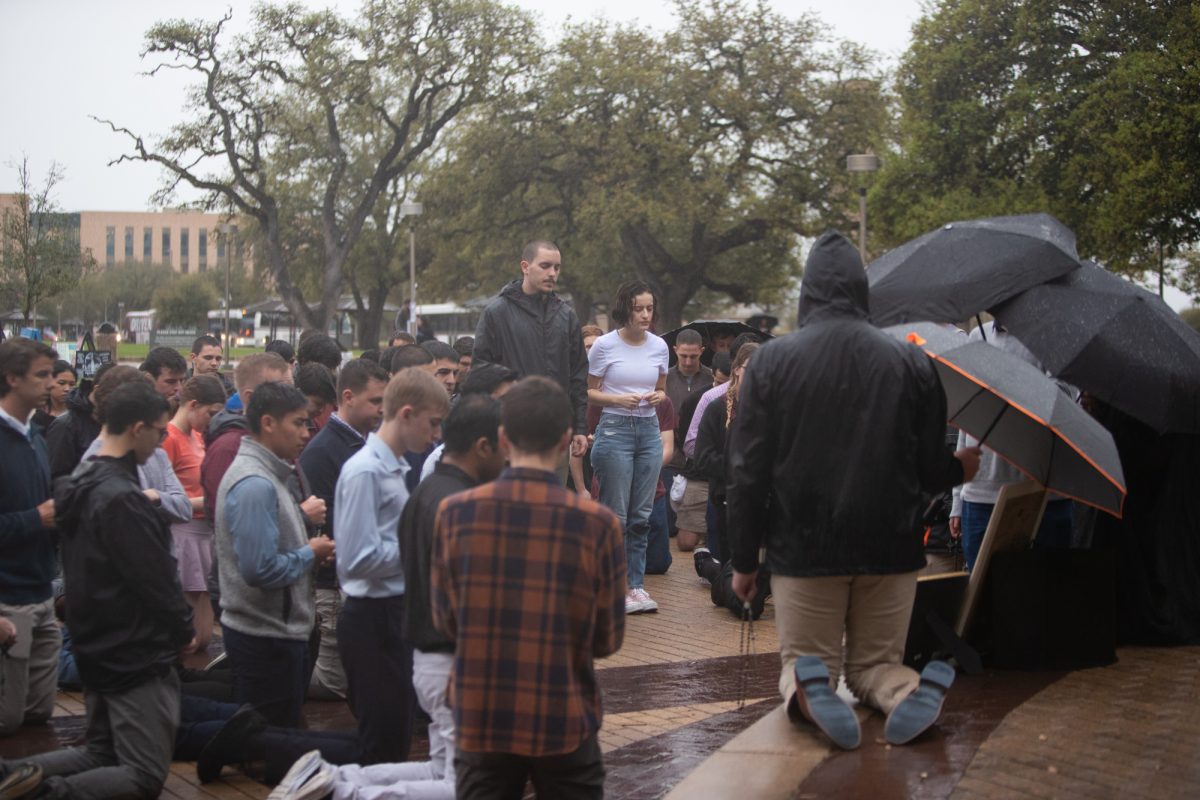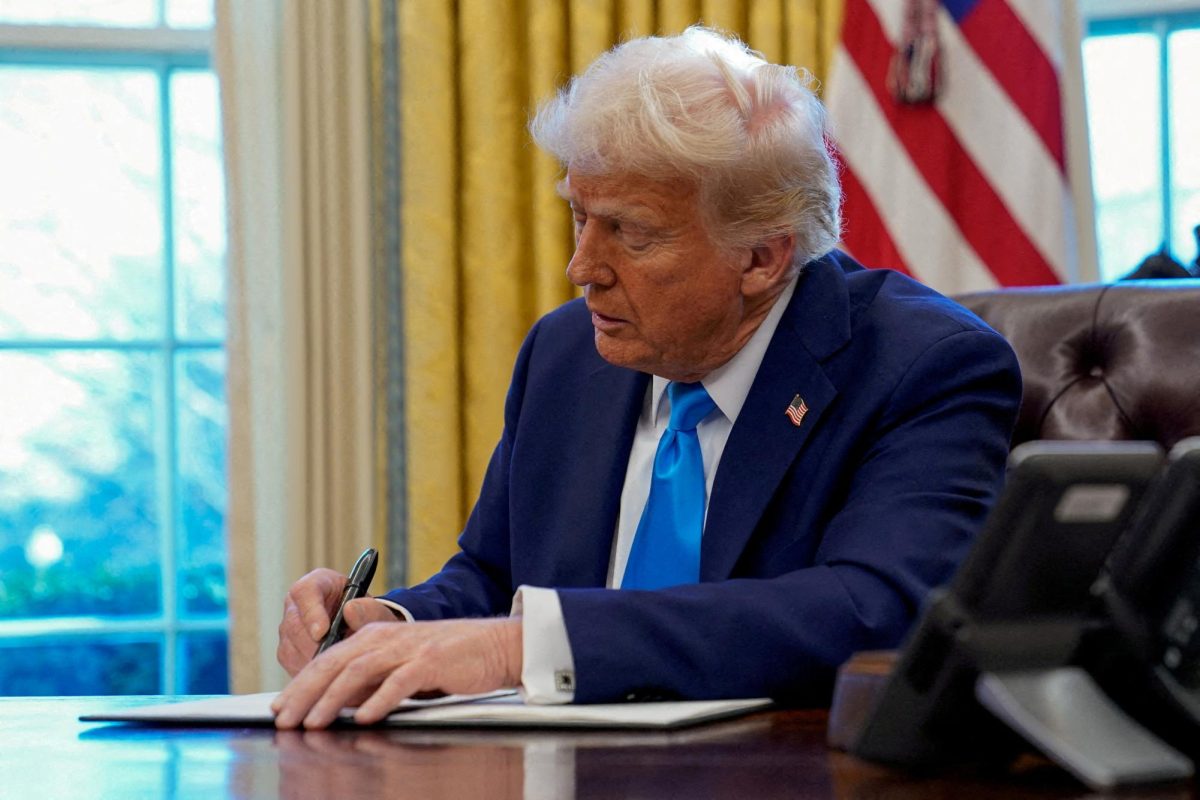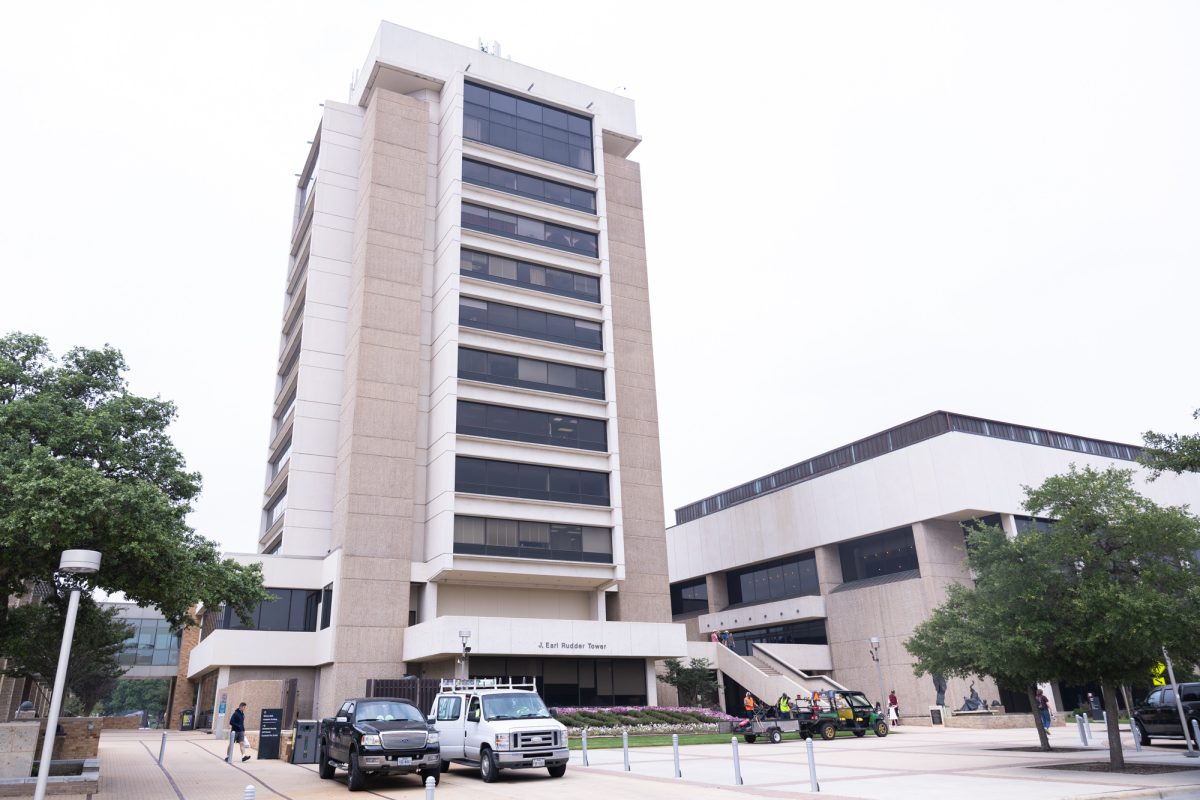As technology and its many applications have evolved over the years, new devices and software have found their place on campus.
Using devices such as tablets, cell phones, laptops and apps like GroupMe, Google Docs and Facebook, students collaborate with each other to make the learning process easier. However, professors and students on campus sometimes hold different perspectives on the usefulness of technology in the classroom.
Vidya Patil, graphic designer in the department of agricultural leadership, education and communications (ALEC), teaches multiple classes online.
“I love technology for me and my students, because you can use it just about anywhere,” Patil said. “The power of the cell phone has been the biggest key, from my students checking emails to me checking in on how a student takes an exam. It really shows how the progress has grown, in and out of the classroom.”
Communication lecturer Jessica Havens said she feels differently about certain uses of technology, prohibiting students from using phones, laptops and similar devices in her classroom.
“One of the main reasons I stand by the ban is that research shows that laptops and other electronics hinder learning,” Havens said. “I recognize that there are certainly other ways to foster this [learning] environment but this is the one that I find most impactful.”
According to a study by CompTIA, an information technology trade association, approximately 75 percent of educators say they believe technology has a positive place in the classroom. The study also said nine out of 10 students believe using and collaborating with electronics in the classroom and on campus would prepare them for the outside world.
“I think technology has evolved so much, to where even having something as simple as a iClicker makes a classroom fun and interactive,” said general engineering freshman Keya Shial. “You can learn from example and it gives a lot more of a perspective, especially when it comes to group work. [Engineers] have to code and do a lot of drawings and it is much easier doing it on a computer rather than by hand.”
Cindy Barrera, science for secondary teaching sophomore, said she finds it best to be selective about the kinds of technology used in the classroom.
“If it does not correlate to the learning process, or if it’s tough to use to where it takes five hours to use, it does not grab my attention,” Barrera said. “I like a plain setup.”
In some ways, whether it’s the students or the professors on a campus, everyone is learning from one another, Harland said.
“I think about the influence of technology from my students as I used to have Dish Network, they were the ones that taught me what streaming was on television and I ended up dropping my television package,” Harland said. “It really goes to show that hey help teach me in the long run.”
Technology in the classroom
January 30, 2018
0
Donate to The Battalion
$2065
$5000
Contributed
Our Goal
Your donation will support the student journalists of Texas A&M University - College Station. Your contribution will allow us to purchase equipment and cover our annual website hosting costs, in addition to paying freelance staffers for their work, travel costs for coverage and more!
More to Discover



